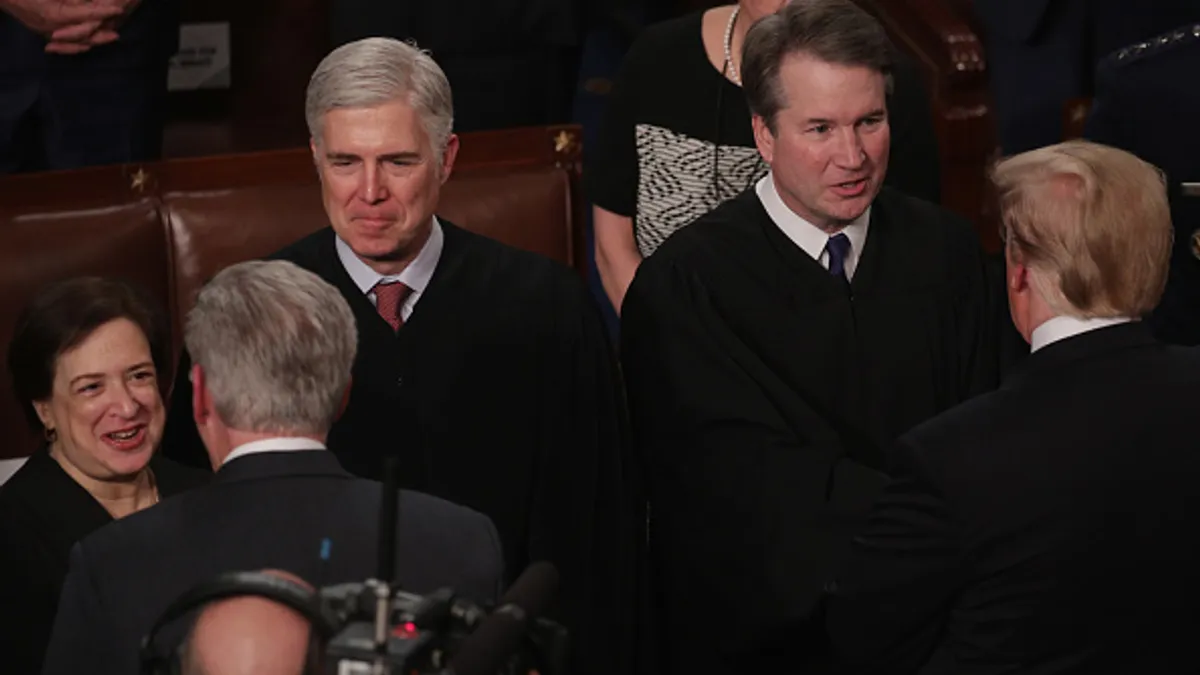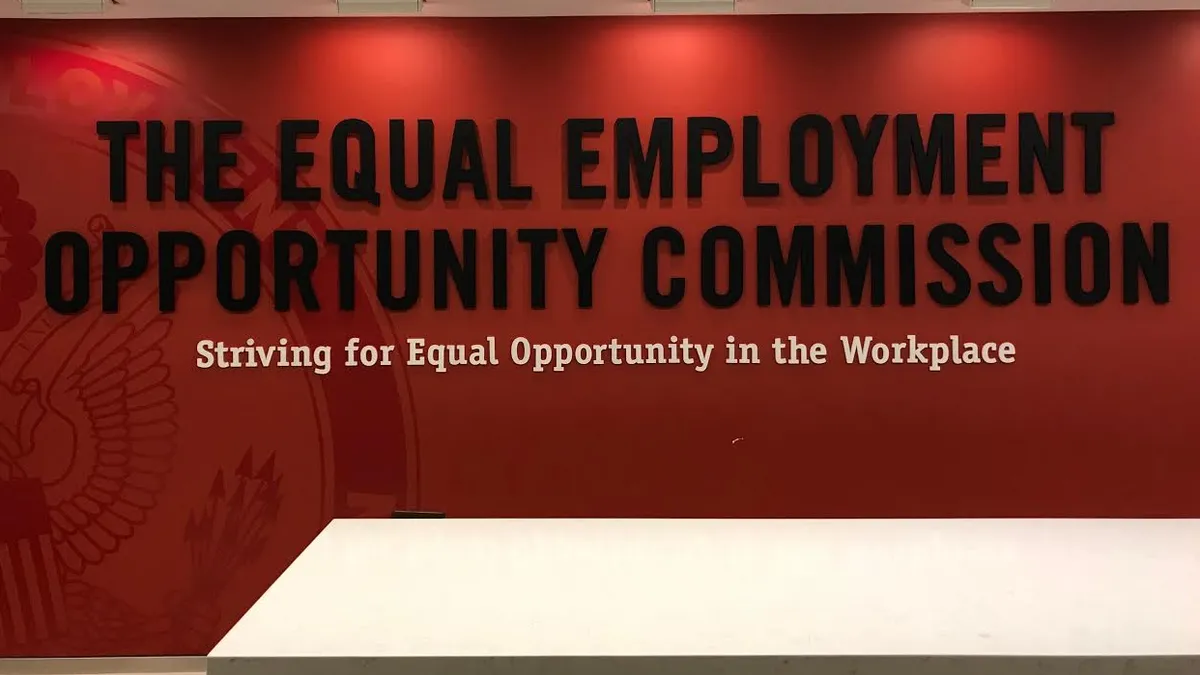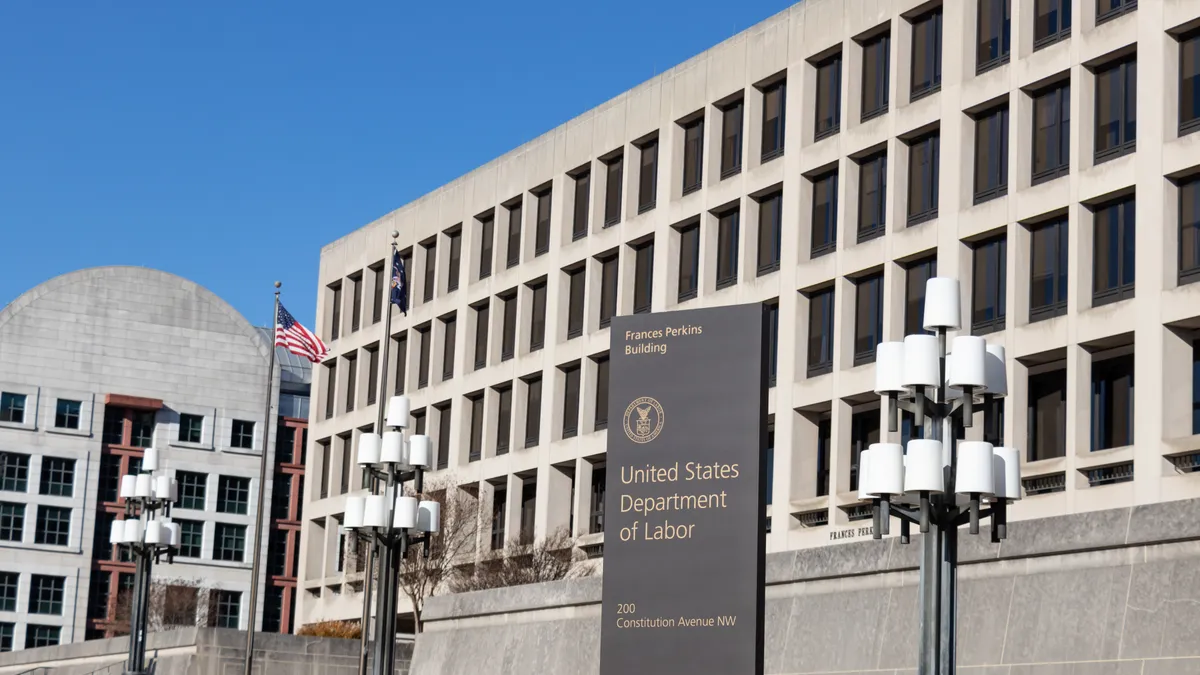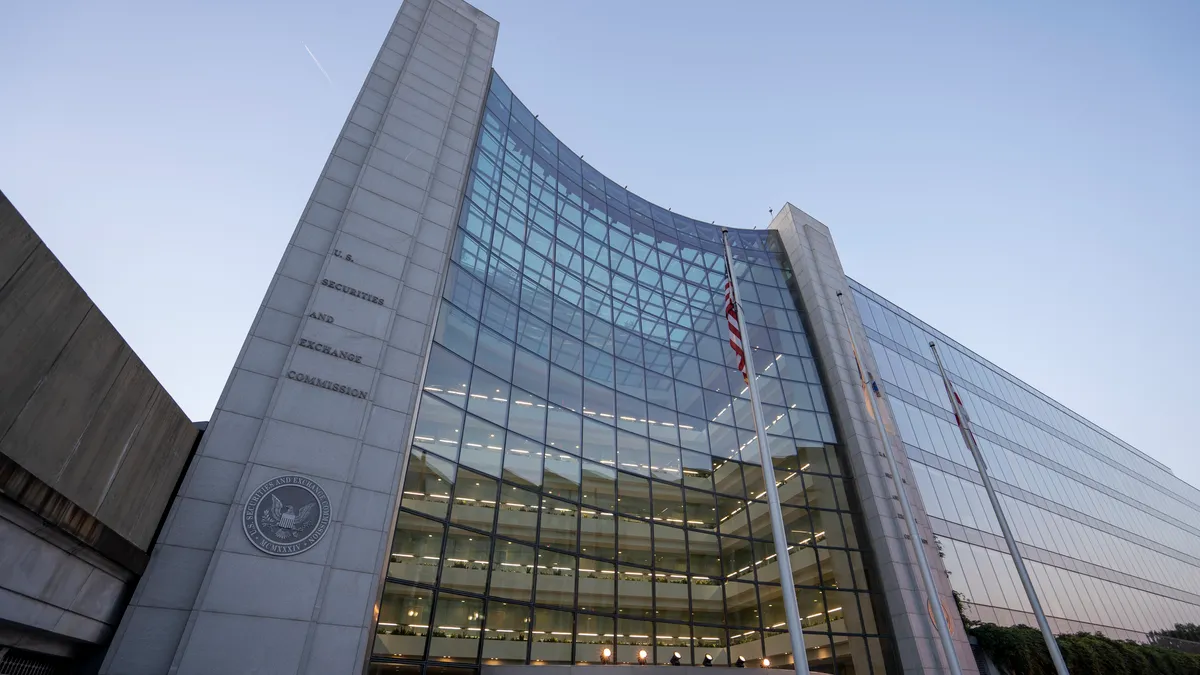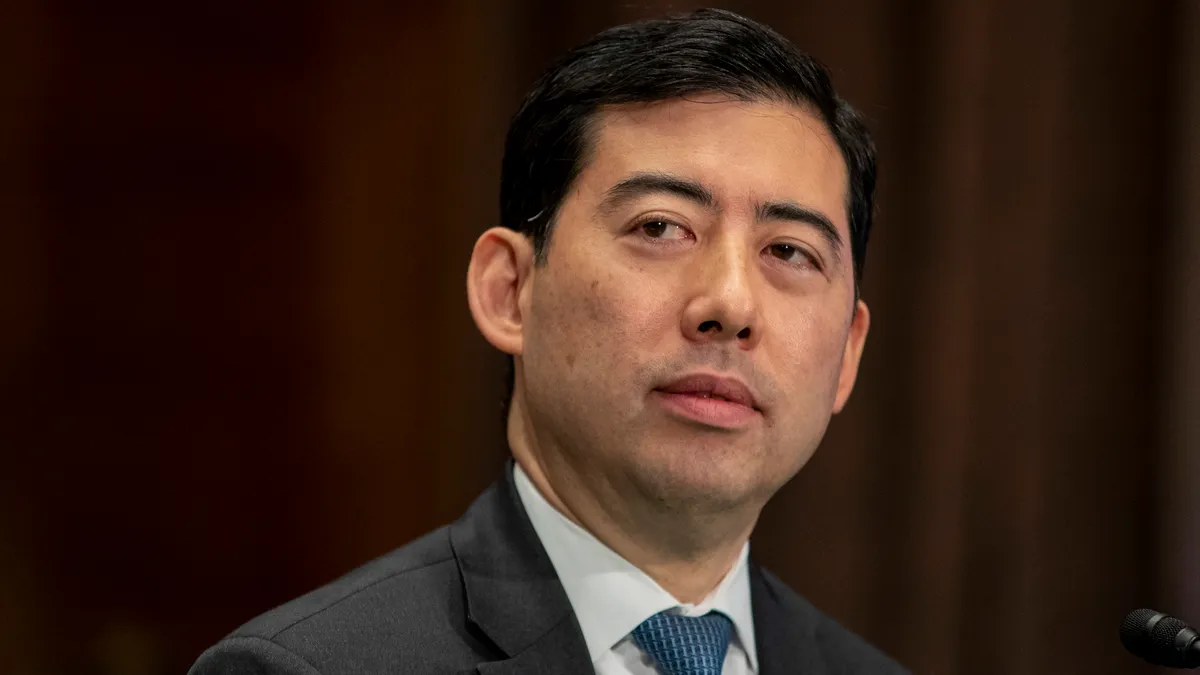President Donald Trump’s proposed import tariffs on goods from Canada, China and Mexico rests upon the novel use of a 1977 law — the International Emergency Economic Powers Act — to address national emergencies confronting America.
Trump cited fentanyl and immigrants in his executive orders outlining the 25% tariffs on Canadian goods, 10% on Canadian energy products and 10% for Chinese imports. Those duties were to take effect on Tuesday. The U.S. delayed a 25% tariff on Mexican products for one month after the country said Monday it would send 10,000 more troops to its northern border.
The administration’s position raises several unknown legal questions about whether Congress intended the law, which was passed as a way to curtail the executive’s use of emergency powers, to be used in such a way, Peter Harrell, an adjunct senior fellow at the Center for New American Security and a lawyer who specializes in trade law, wrote in a Jan. 31 Lawfare analysis.
Trump had threatened to use the law for tariffs against Mexico in June 2019, during his first term, but ultimately did not. The administration views import tariffs as a way to raise revenue and create leverage in negotiations, citing recent concessions by Colombia and Mexico to avoid U.S. duties.
The IEEPA is attractive to the White House because it offers “minimal procedural hurdles” and can be implemented quickly, Harrell wrote. President Joe Biden used the IEEPA in 2022 to impose financial sanctions on Russian banks and individuals days after the country invaded Ukraine, he noted.
“Trade laws generally require that tariffs target specific countries or specific products, creating challenges to Trump’s stated goal of imposing a 10% or 20% ‘universal’ tariff,” Harrell wrote. “IEEPA, if it authorizes tariffs, potentially allows Trump to tariff the world within days.”
Trump told reporters on Friday that the U.S. would “absolutely, absolutely” impose tariffs on European goods relatively soon, The Guardian reported. “The European Union has treated us so terribly,” Trump said. It was unclear if the administration would also use the emergency powers act for additional tariffs on other nations.
The IEEPA does not require any formal investigations by the executive branch before tariffs can be imposed, unlike the 1930 Tariff Act, the Trade Act of 1974 or the Economic Expansion Act of 1964, Sullivan & Cromwell noted Monday in a client advisory.
The use of IEEPA signals “a substantial shift in U.S. trade policy that could have wide-reaching implications for companies’ supply chains, business operations and related legal risks,” Sullivan & Cromwell wrote in its advisory.
Recent past administrations have targeted specific goods or industries with tariffs that were issued under laws that required detailed investigations before they were imposed, with plenty of notice for companies that import goods into the U.S. “In the new administration, implementation of trade measures is more likely to occur quickly and without substantial public warning,” the firm said.
If the administration’s tariffs spark litigation, which seems likely, “there are signs that judicial deference may be eroding, at least at the margins,” to the president’s use of the emergency law, Harrell wrote, articulating several arguments for why the 1977 law does not grant a president tariff authority. He cited court rulings against the George W. Bush administration and Trump in 2020.
The 2024 Supreme Court decision in Loper Bright also instructed courts to “determine the ‘best’ reading of a statute; a merely ‘permissible’ reading is not enough,” Harrell noted.
The IEEPA also implicates the Supreme Court’s recent rulings on executive branch authority as posed by the major questions doctrine, Harrell says, noting how the court used the doctrine to quash Biden administration efforts in 2022 and 2023 related to greenhouse gas regulations and student loan debt.
“Congress must clearly state its intent to give the president authority to take particularly momentous regulatory actions, and that presidents cannot simply rely on ambiguous, decades-old statutes as the basis for sweeping policy changes,” Harrell wrote.
Uncertain litigation
Trump’s “unprecedented” use of the IEEPA presents a difficult-to-gauge scenario for companies, groups, or foreign nations that choose to litigate the issue, the Sullivan lawyers wrote.
“On the one hand, U.S. courts traditionally give extensive deference to the President on national security matters, especially those involving perceived threats to domestic security arising from abroad,” the firm said. However, the Constitution gives Congress, and not the President, the sole authority to regulate U.S. trade.
“U.S. courts therefore generally require an express delegation of trade authority by Congress to the President before they will recognize the legality of executive lawmaking in this area,” Sullivan & Cromwell wrote. “Although Congress has clearly delegated regulation of certain trade matters (including tariffs) to the President through the other trade statutes referenced above, it arguably has not done so in the context of IEEPA.”
Whether a President can impose tariffs under IEEPA might depend “in part on the degree to which they view such actions as emergency national security measures akin to economic sanctions, or as exercises of more routine customs authorities falling squarely within Congress’s trade authority.”







